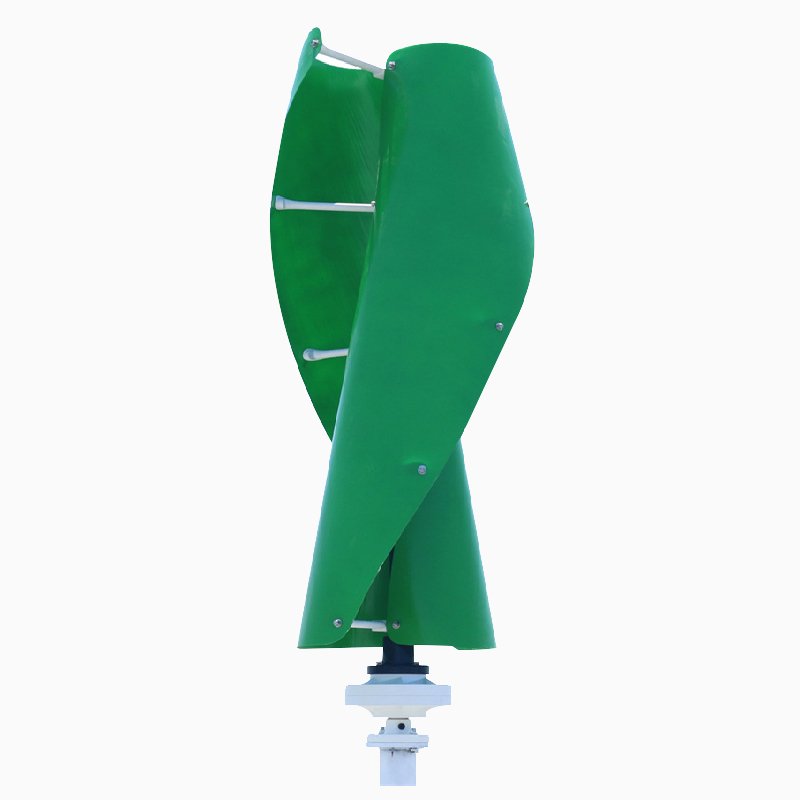WIND TURBINE FACTORY
ELEGE Is A Leading Wind Turbine Manufacturer, Dedicated To Providing High-Quality Solutions.
Our Advanced Wind Turbines Are Widely Used Globally, Boasting The Following Advantages: High Efficiency, User-Friendly Operation, Low Maintenance Costs, And A Diverse Range Of Options.
Choosing ELEGE Means Selecting More Than Just A Wind Turbine; It Signifies Opting For A Reliable Energy Partner, Collectively Advancing Towards A Clean And Sustainable Future.
HORIZONTAL AXIS WIND TURBINE
VERTICAL AXIS WIND TURBINE
REQUEST A QUOTE FOR MORE DETAILS

What Are Wind Turbine Used For?
The primary function of a wind turbine is to utilize wind energy and convert it into electrical energy. The following are the main uses of wind turbines:
- Generate electricity
- Renewable Energy
- Independent power supply
- Water pump
- Ship power
- Experiments and research
- Industrial applications
WIND TURBINE PARTS
The wind turbine consist of wind wheel, generator set( generator and swivel),tail,guyed tower,controller inverter,maintain-ance free lead acid battery.
●Wind wheel: 3 blades wheel , Laminar flow type, high lift-drag ratio, good performance. Nylon fiber blades using precision injection, strong toughness and perfect dynamic nature.
●Generator and swivel:generator and swivel are designed in a complete body, a close compact structure which enhances toughness,reduce weight of the generator set,and thus make it rotate more easily and safely.
●Tail:using molding , spined with swivel shaft ,tail furls to protect wind turbine in strong wind.
●Controller:controller converts ac current produced by wind turbine to be dc current to charge battery
●Battery: store the power generated by the wind turbine in the battery.
●Inverter: the inverter inverts the electricity in the battery into household AC for load use.

How wind turbines work?
Wind turbines work by capturing and converting wind energy into electrical power through rotating blades. The mechanical energy is transferred to a generator, which converts it into usable electricity using electromagnetic induction. The generated power is then transmitted to the grid for various applications. Wind turbines adjust their orientation and blade angles for optimal performance and safety. A control system monitors and regulates the turbine’s operation. This process enables the conversion of wind energy into renewable electricity, contributing to sustainable energy production.
Considerations When Buying Wind urbine!
Wind Resource Assessment:
Evaluate the wind resources at the installation site. Accurate assessment aids in determining the appropriate wind turbine capacity and expected energy output.
Turbine Capacity and Size:
Choose a wind turbine capacity that aligns with the wind conditions at the installation site. In general, larger turbines can get more energy, but their efficiency depends on the wind speed.
Site Suitability:
Assess the physical characteristics of the installation site, including terrain and obstacles, to determine whether it is suitable for installing a wind turbine.
Zoning and Permits:
Investigate local zoning regulations and obtain the necessary permits before installation. Compliance with local regulations is crucial for a smooth and legal setup.
HORIZONTAL AXIS & VERTICAL AXIS

Traditional look:
Horizontal axis wind turbines look like traditional windmills, with the blades rotating around a horizontal axis and usually facing the direction of the wind.
Efficient wind energy capture:
The blades rotate in the wind, capturing the kinetic energy of the wind and suitable for constant wind directions in most areas.
Wide range of commercial applications:
It is more common in commercial wind energy projects and has mature technology and large-scale production experience.
Relatively high power generation efficiency:
Horizontal axis designs generally provide higher power generation efficiency, especially under stable wind conditions. Compared with the vertical axis, the power generation efficiency is better.
Facing wind requirements:
It usually needs to be installed on a tower facing the main wind direction to ensure maximum capture of wind energy.
Compact appearance:
Vertical axis wind turbines have a more compact appearance, with blades that are curved or fan-shaped and perpendicular to the ground.
Omnidirectional wind energy capture:
Adaptable to wind coming from any direction, no need to face the wind, suitable for environments with changing wind directions.
Simplified structure:
The structure is relatively simple and does not require special orientation devices, making it easy to install and maintain.
Suitable for special environments:
It is more suitable in some special environmental conditions, such as urban wind farms or occasions that require flexibility.
Low speed wind benefits:
It performs better in low-speed wind environments, so it may be suitable for some areas with lower wind speeds.
Sound decibels are relatively low:
Due to the compactness of their design, vertical axis wind turbines typically have relatively low sound decibel levels

We’d like to work with you
Send us a message if you have any questions or request a quote. Our experts will give you a reply within 24 hours .
- info@elege.net
- +86-13405295160








